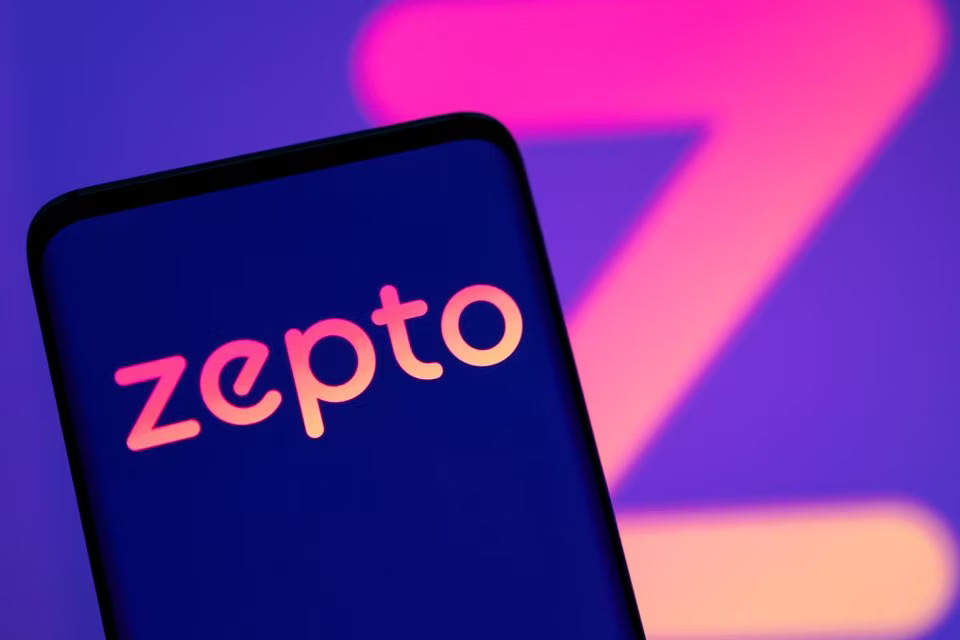Zepto is an Indian startup that offers a 10-minute grocery delivery service through its app. Customers can order groceries, fruits, vegetables, personal care, electronics and more from nearby dark stores and get them delivered to their homes or offices in a matter of minutes.
Zepto was founded by Aadit Palicha and Kaivalya Vohra in 2021 and has been funded by investors like Y Combinator, Tiger Global and others. Zepto aims to provide convenience, speed and affordability to its customers and disrupt the online grocery market in India.
But how does Zepto make money? What is its revenue model and what are its sources of income? In this article, we will explore these questions and try to understand how Zepto works.
Zepto’s Revenue Model
Central to Zepto’s Revenue Model is the efficient use of technology. It operates a platform where users can order groceries online and get them delivered to their doorstep – quickly and efficiently.
Zepto owns and operates a network of dark stores or micro-warehouses where they stock a variety of products sourced from various brands and manufacturers. The dark stores are optimized for efficiency and speed, using technology and automation to process orders and track inventory.
Zepto sells these products to the customers through its app at a marked-up price that covers its operational costs and generates a profit. Zepto works with delivery partners to get orders delivered to the customer’s door step. Zepto’s earns a profit margin on the products it sells through its dark stores.
Zepto also makes money by charging a surge delivery fee during peak hours or high demand periods. This fee is added to the order value and is shared with the delivery partners. The fee helps in balancing the supply and demand of the orders and incentivizing the delivery partners to work during busy times.
Zepto also makes money by selling advertisements on its app. Zepto allows brands and manufacturers to showcase their products and offers on its platform and reach a large and targeted customer base.
Zepto is able to collect a large amount of data on consumer consumption patterns on their app. This data provides advertisers with valuable insights that can help them with more targeted marketing and get better ROI on their advertising investments. Zepto charges a fee for displaying these ads and also earns a commission if a customer buys a product through an ad.
Zepto’s Sources of Income
The main sources of income for Zepto are:
- Profit margin: Zepto earns a profit margin on the products it sells through its dark stores by marking up the price from the cost of sourcing them from brands and manufacturers.
- Surge Delivery fee: Zepto charges an extra fee during peak hours or high demand periods from the customers and shares it with the delivery partners.
- Advertisement fee: Zepto charges a fee for displaying ads on its app and website from brands and manufacturers who want to promote their products and offers.
- Advertisement commission: Zepto earns a commission if a customer buys a product through an ad on its platform.
Zepto’s Growth and Future Plans
Zepto is growing rapidly in India, with operations in major cities like Mumbai, Pune, Delhi, Noida, Gurugram, Kolkata, Hyderabad, Chennai and Bengaluru. It plans to expand to more cities and regions in the coming months. It also plans to increase its product range and categories to cater to more customer needs.
Zepto claims to have a high customer retention rate and a low customer acquisition cost. Zepto faces competition from other online grocery delivery platforms like BigBasket, Grofers, JioMart, Dunzo and Swiggy Instamart, as well as traditional retail stores like Reliance Fresh, DMart and Spencer’s.
Zepto’s vision is to become the fastest and most convenient way of shopping for groceries and essentials in India. It aims to leverage its network of dark stores, technology platform, delivery partners and customer base to achieve this goal. Zepto believes that it can create a win-win situation for all its stakeholders: customers, delivery partners, brands, manufacturers and investors.
You can follow the link to read more on the Zepto story on the livemint portal.
Image Source: Reuters

